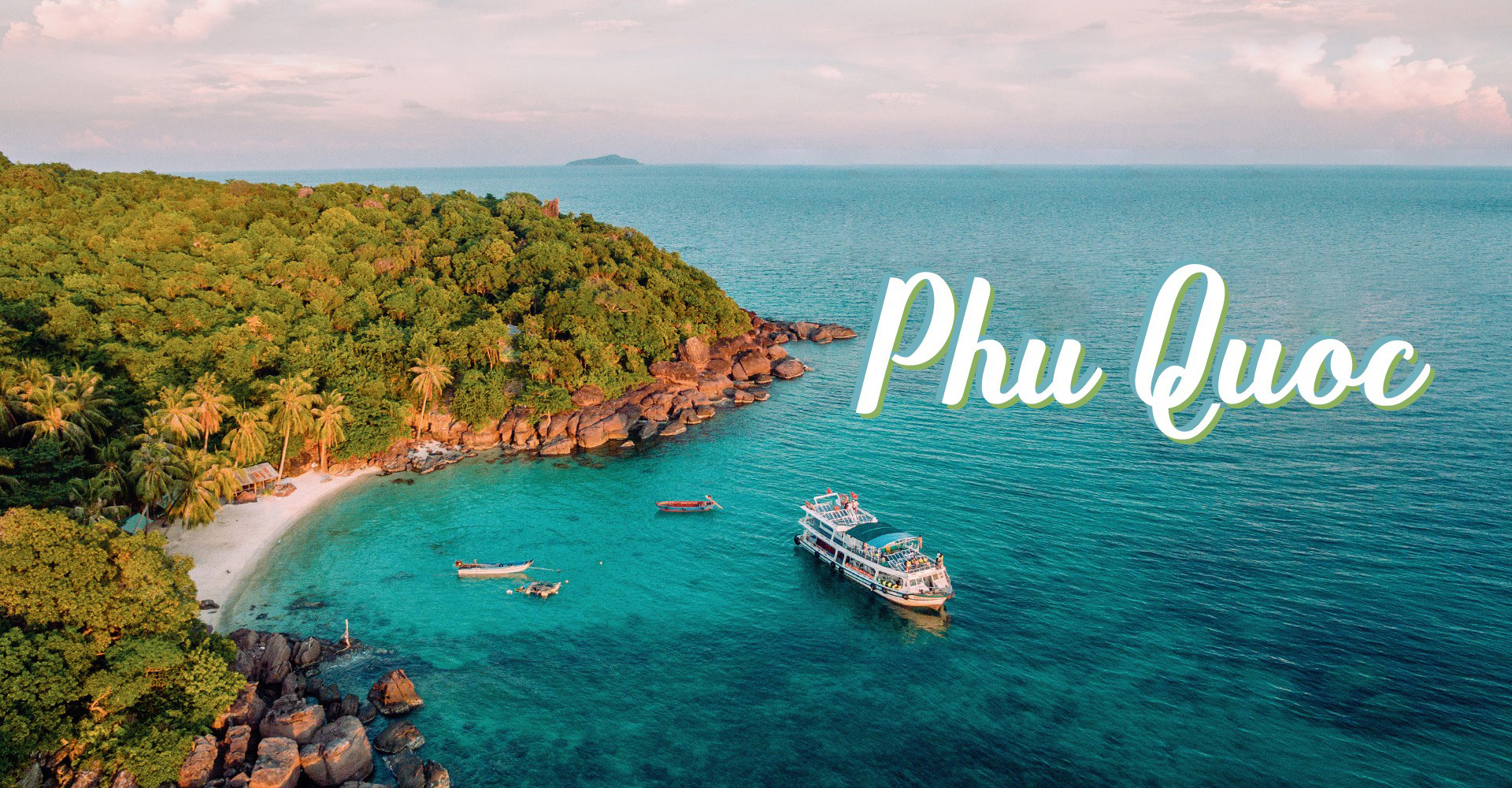Phu Quoc Island off the southern Vietnamese province of Kien Giang boasts romantic sunsets, evergreen forests, delicious seafood, and a mild climate that makes it an ideal holiday destination for travelers who hope to relax on its idyllic beaches and explore the 21 nearby islets that make up Phu Quoc District.
Spanning a total area of 574 square kilometers, the island – Vietnam’s largest – sits just 45 kilometers off the west coast of Ha Tien - a famous beach city in Kien Giang Province.
Accessing the island is relatively easy. Visitors can choose between a 45 kilometer boat express boat ride from Ha Tien City or a 120 kilometer sea journey from Rach Gia, Kien Giang’s capital city.
Those who don’t have their sea legs can opt from a domestic flight or one of the ten international routes currently connecting Phu Quoc with Russia, China, Singapore, South Korea, and several European countries.
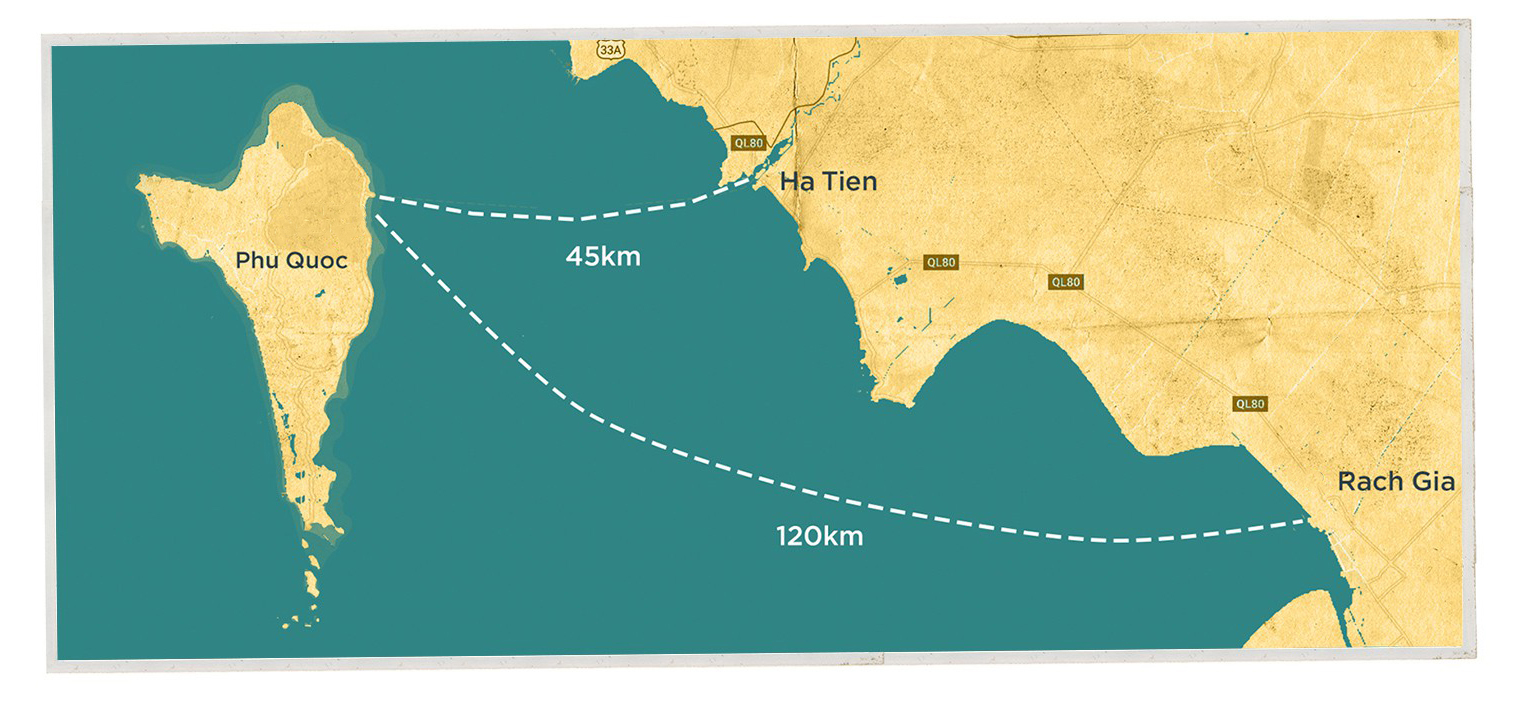 |
The national government has also had plans in place since 2007 to transform Phu Quoc into a world-class eco-tourism center, part of which includes an investment of tens of trillions of Vietnamese dong (VND100 billion ≈ US$4.3 million) in the construction of a road network on the island, an international airport, and the import of electricity from the mainland.
Domestic and foreign enterprises have also poured over VND300 trillion ($12.9 billion) in building dozens of 5- and even 6-star resorts on the island.
Since March 2014, foreign visitors to the allowed have been allowed visa-free entry for a period of up to 30 days.
About 500,000 tourists visited Phu Quoc in the first nine months of 2019, according to data from Kien Giang’s tourism department.
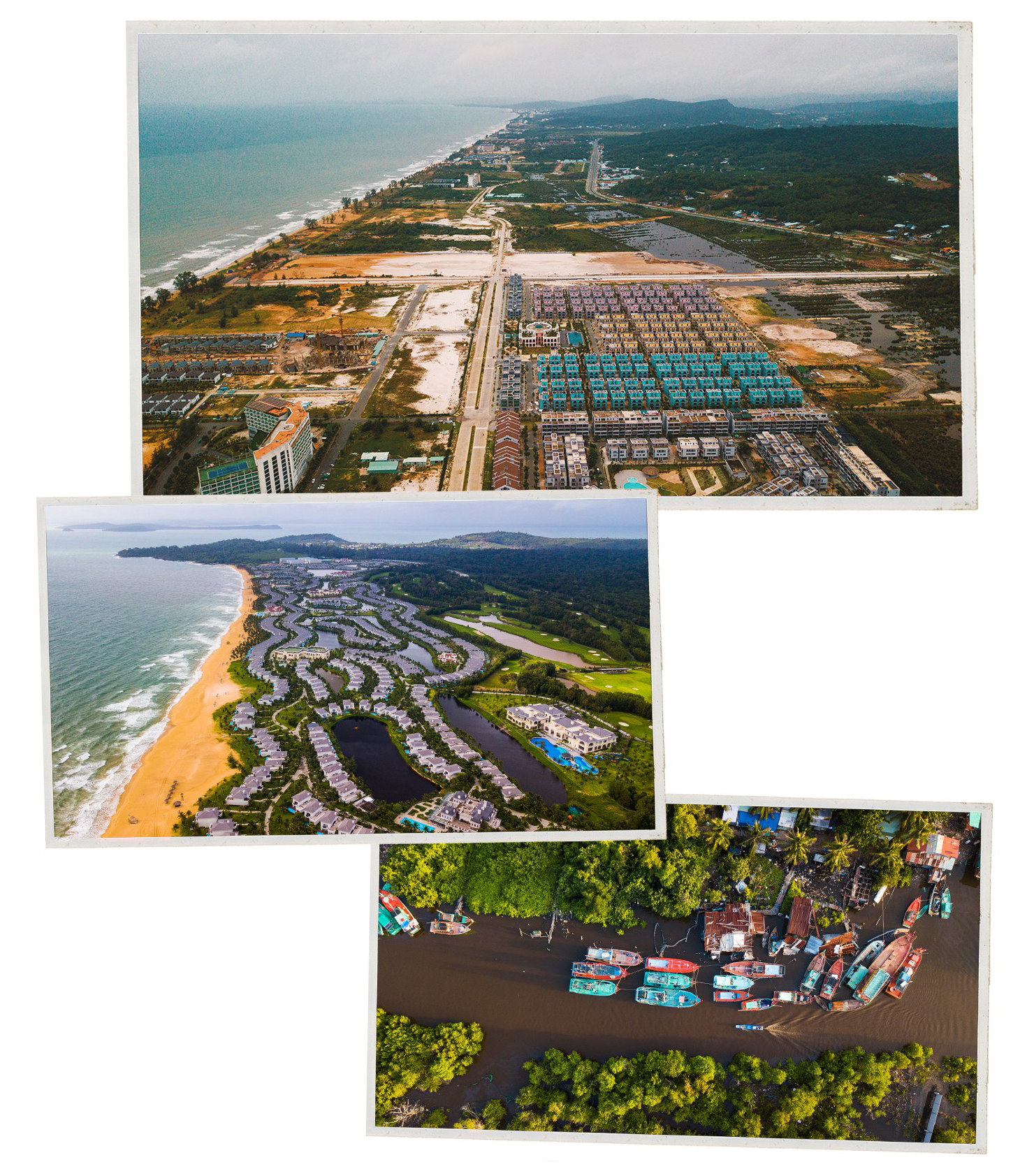 |
The island’s Duong Dong night marke offering about 40 restaurants which are hotspots for tourists thanks to their affordable prices.
Other food options on the island include everything from luxury restaurants to small street food vendors.
Most of the seafood on the island comes from Dinh Cau Beach in the west and An Thoi Port in the southern.
Locals in each of those areas are also willing to sell their seafood directly to local tourists.
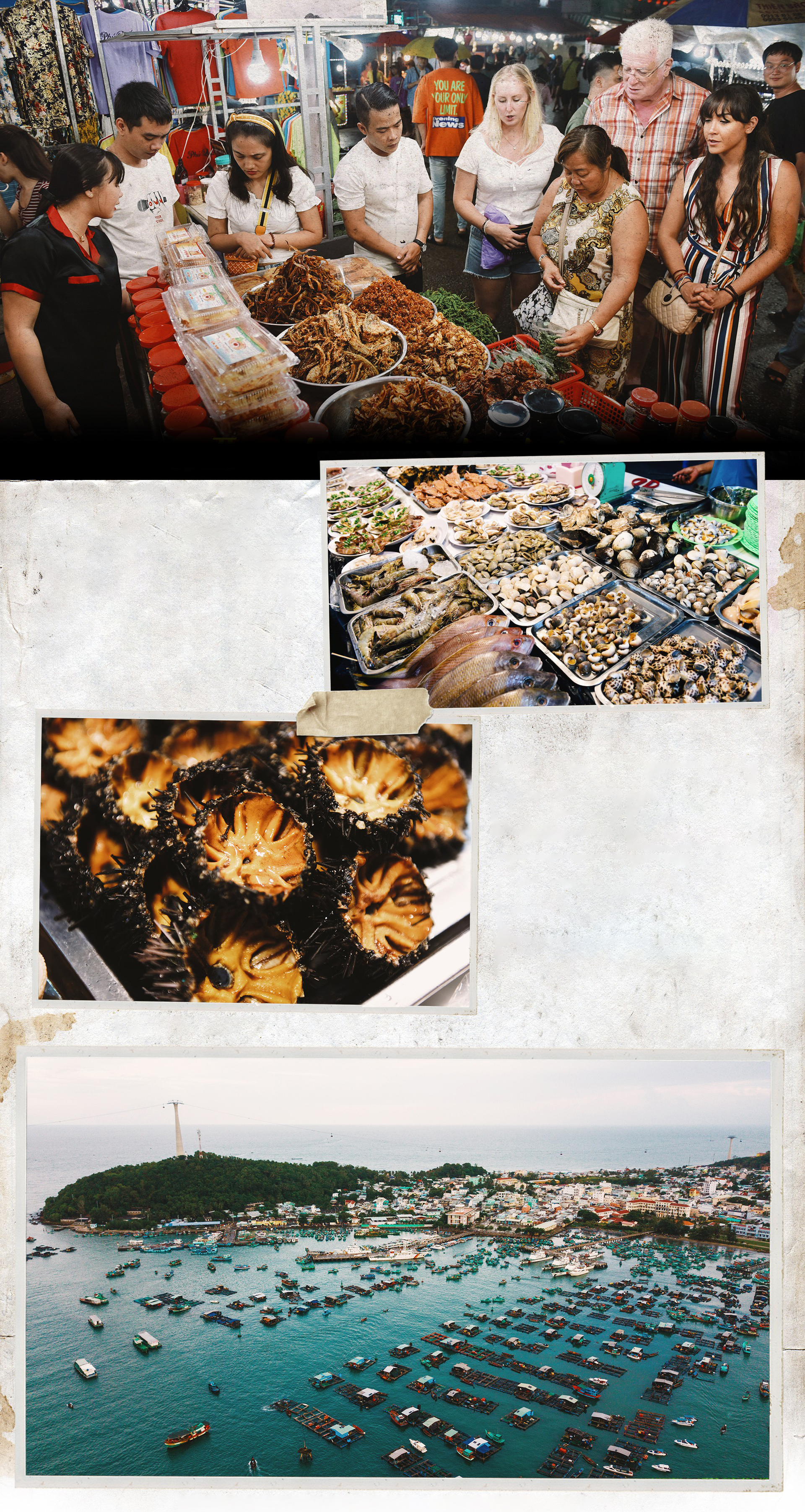 |
In addition to such specialties as black pepper, fish sauce, and the famous Phu Quoc Ridgeback dog breed, Phu Quoc has also become well known for artificial cultured pearl production.
Visitors to Phu Quoc often rent motorbikes or cars to tour the island and visit its attractions, including dive sites, historical landmarks, expansive nature parks, and traditional villages, and black pepper farms.
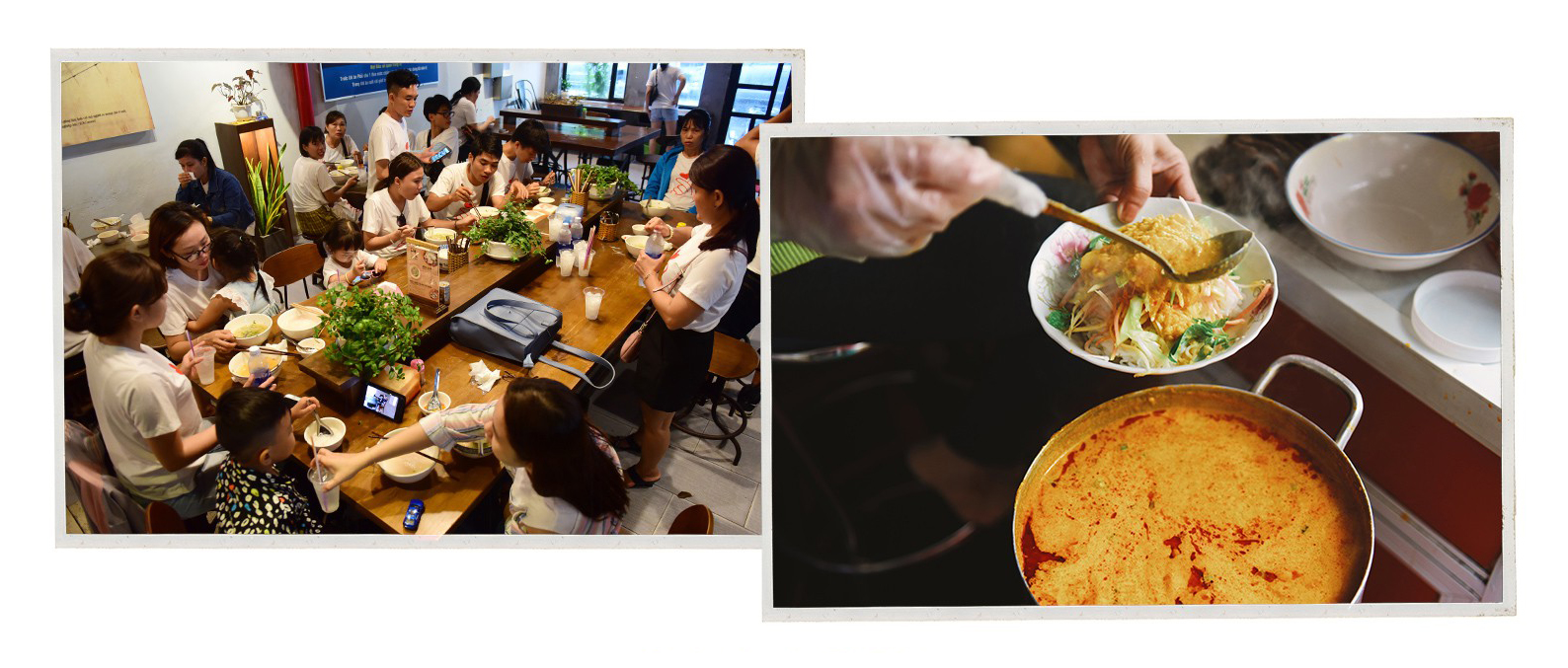 |
| Phu Quoc's famous 'bun ken' noodle soup. Photo: Tuoi Tre |
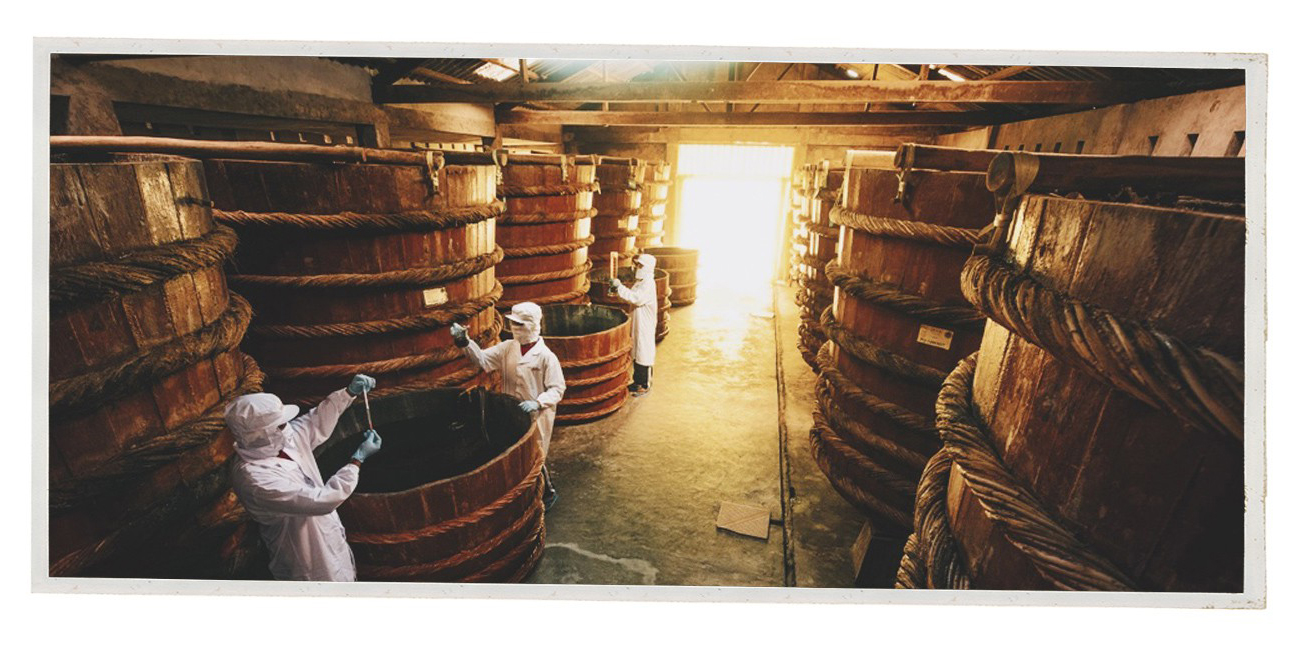 |
| A fish sauce making facility in Phu Quoc, Kien Giang Province, Vietnam. Photo: Tuoi Tre |
 |
| Pearls are sold as jewelry in Phu Quoc, Kien Giang Province, Vietnam. Photo: Tuoi Tre |
 |
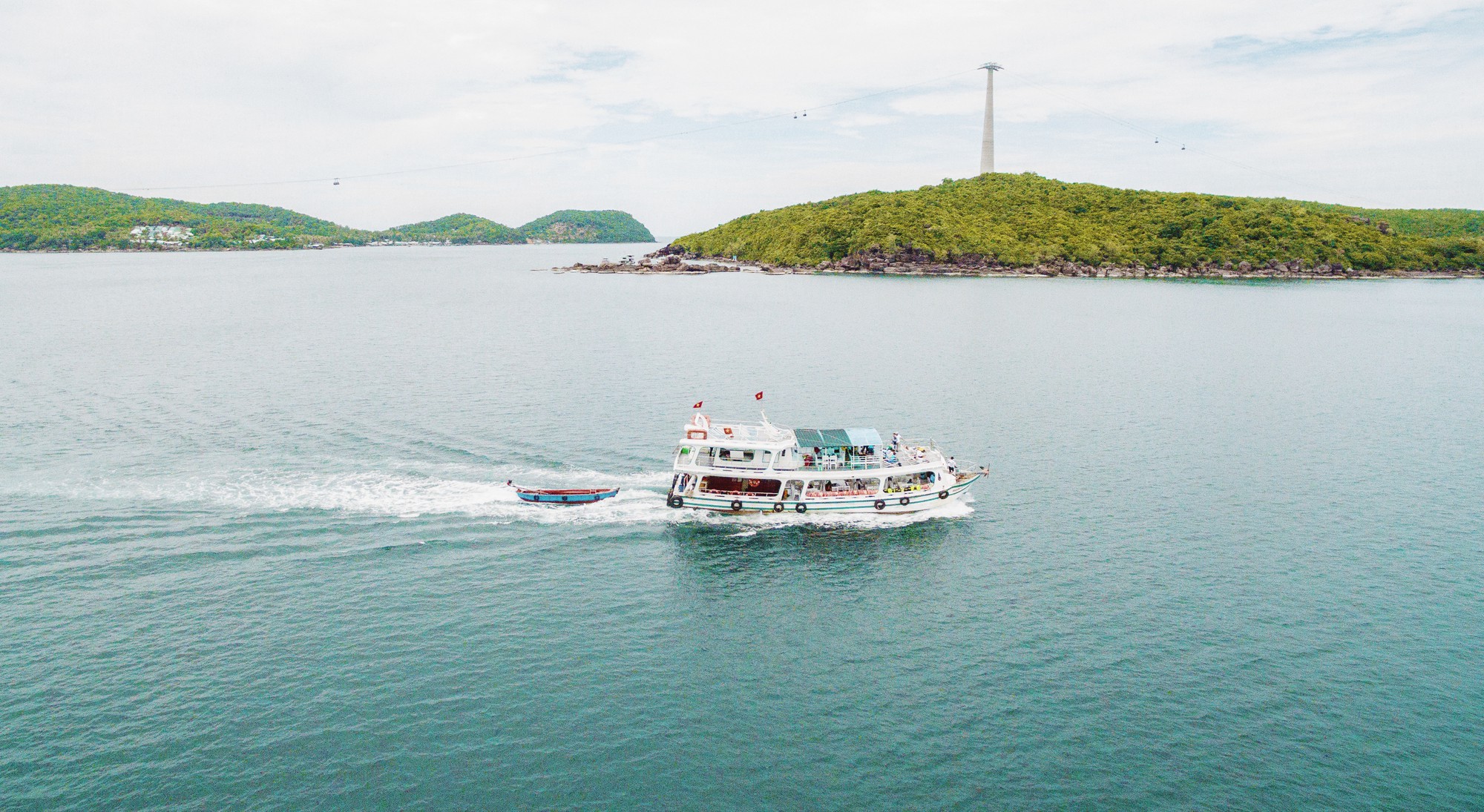 |
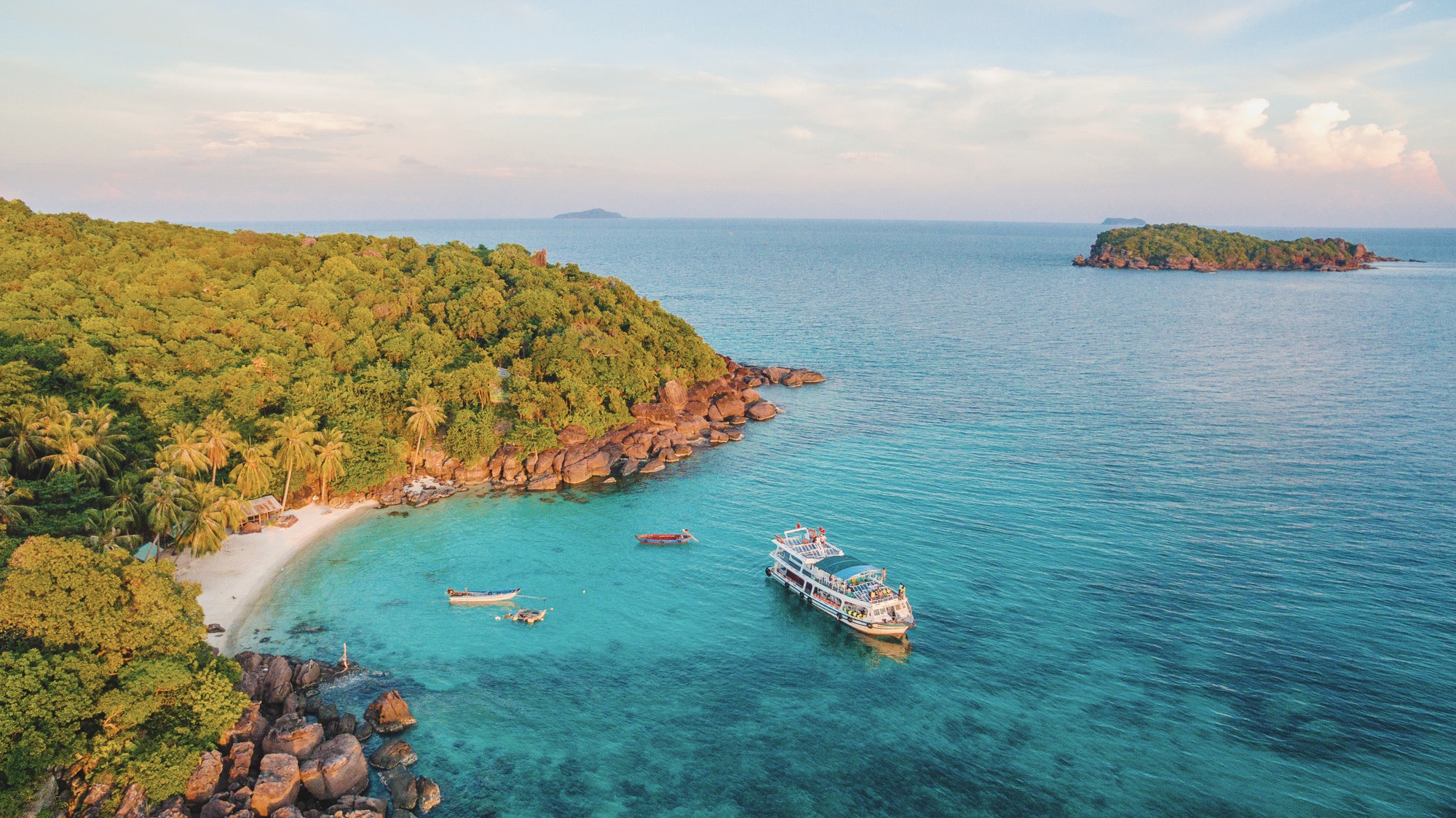 |
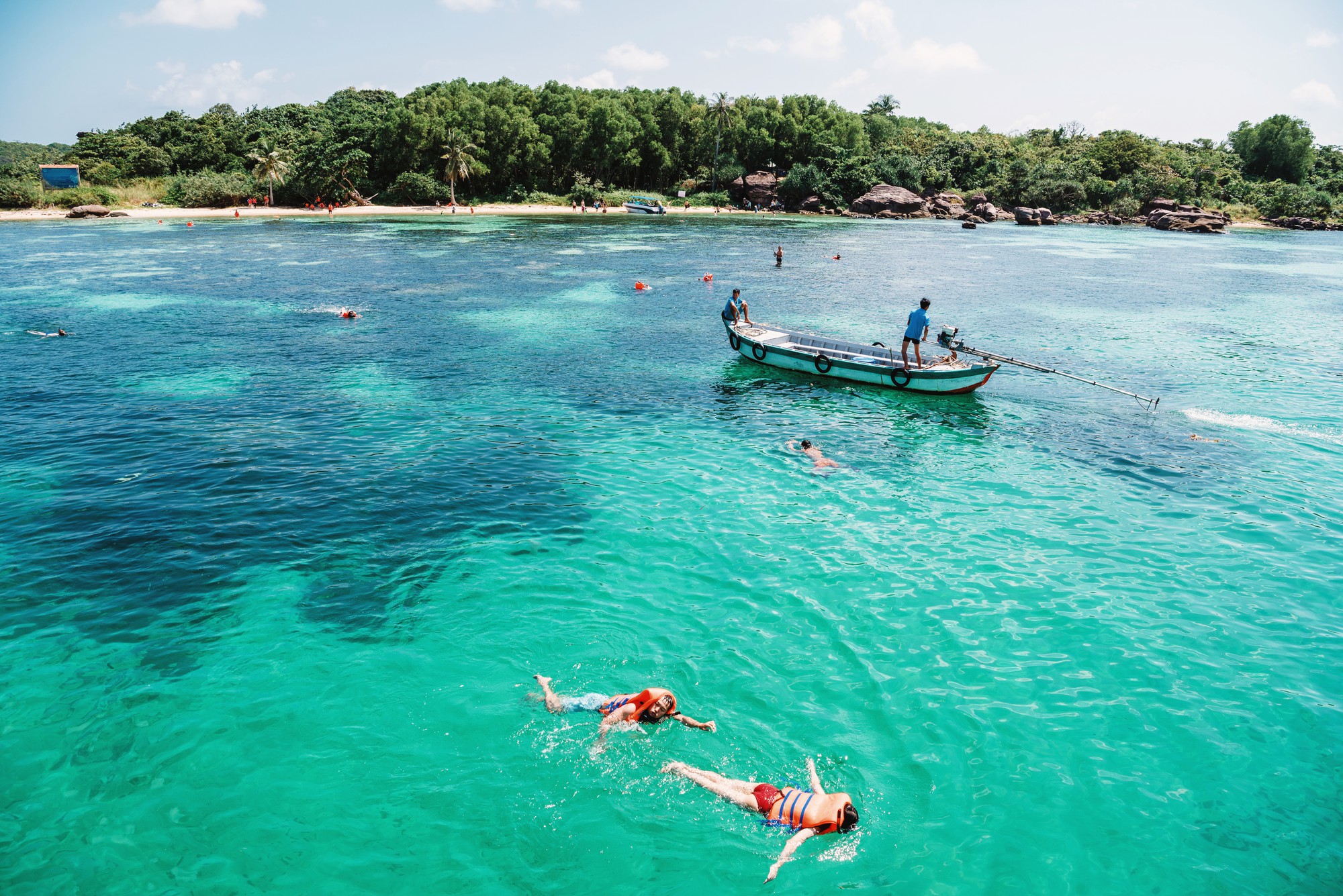 |
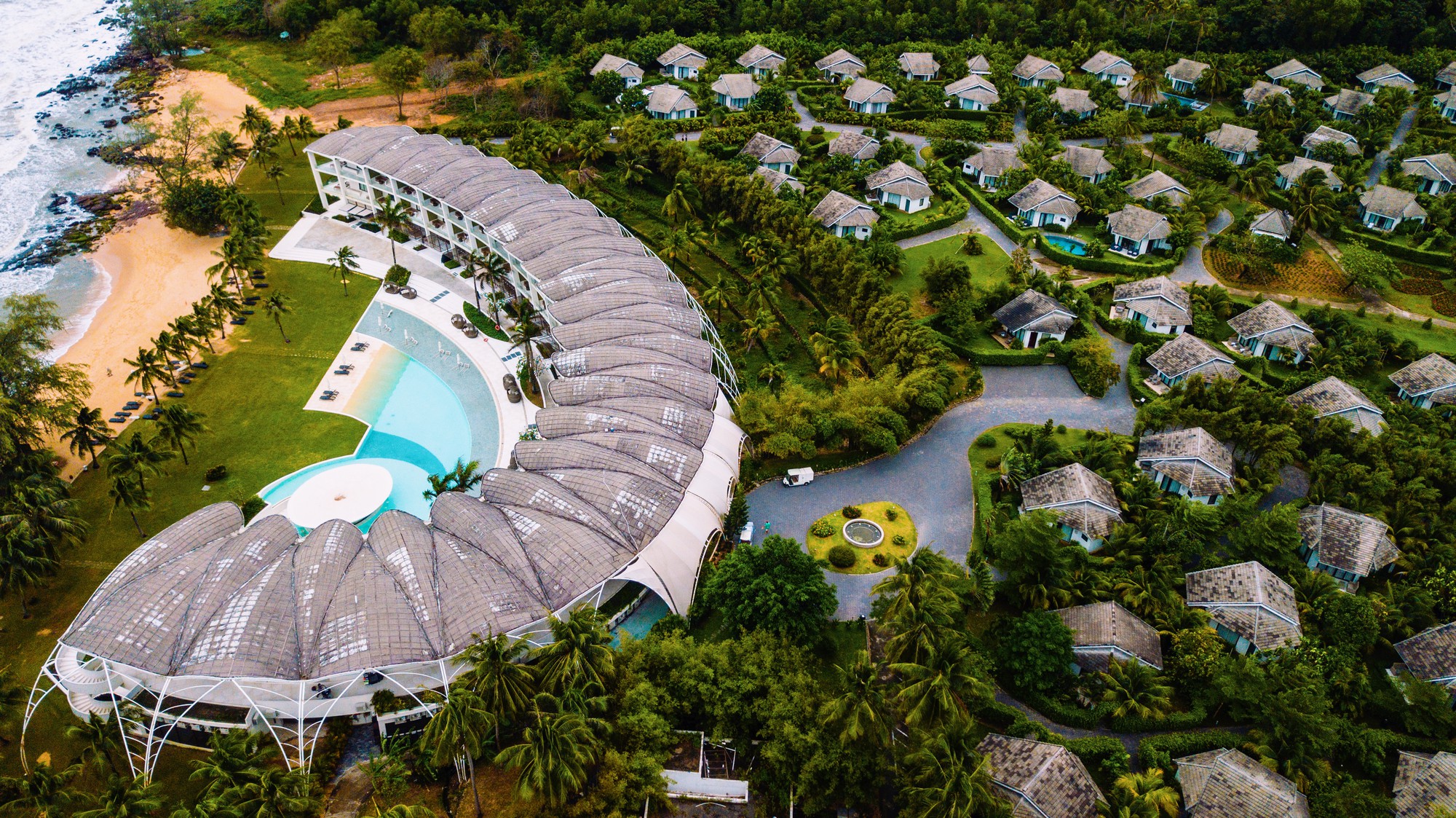 |
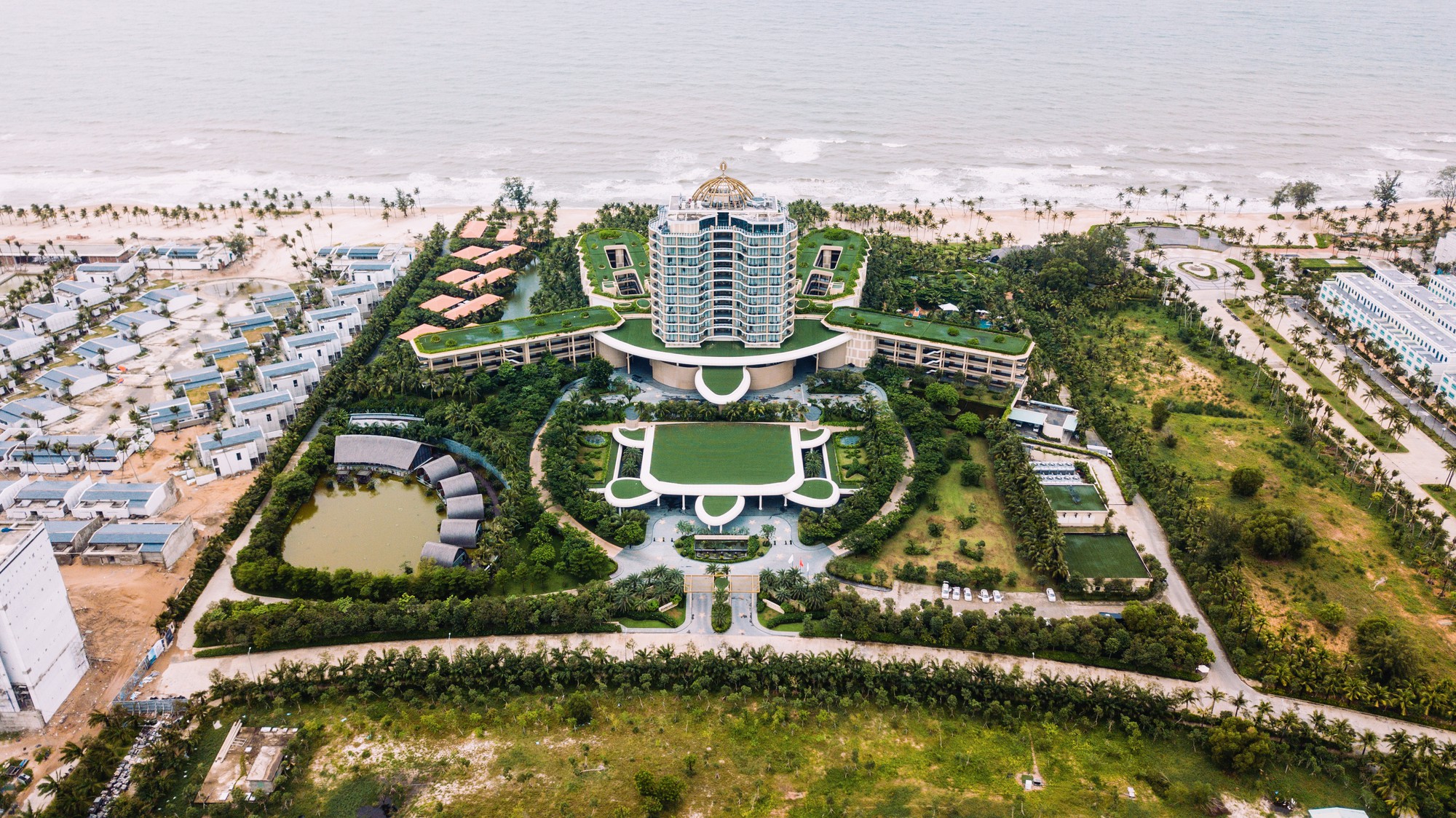 |
Like us on Facebook or follow us on Twitter to get the latest news about Vietnam!



